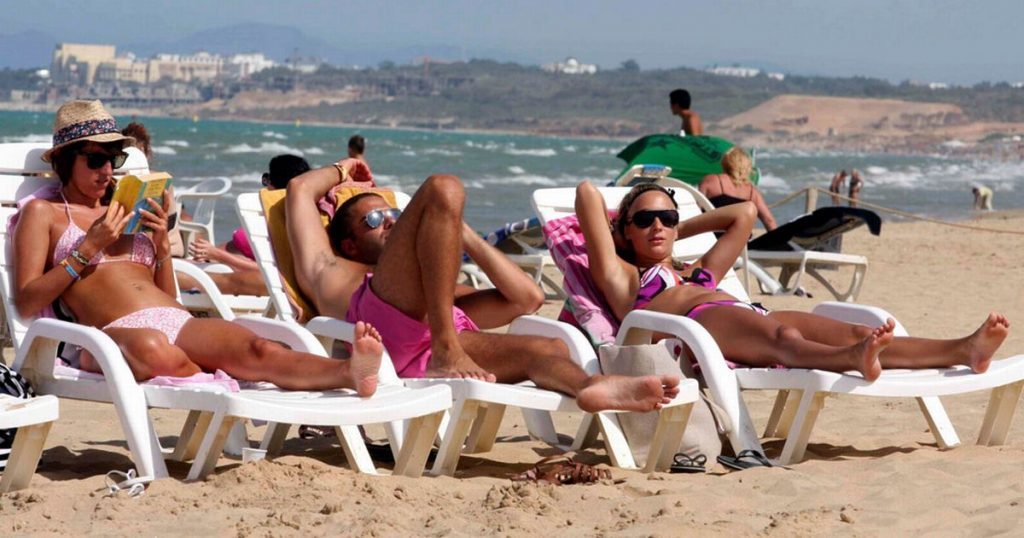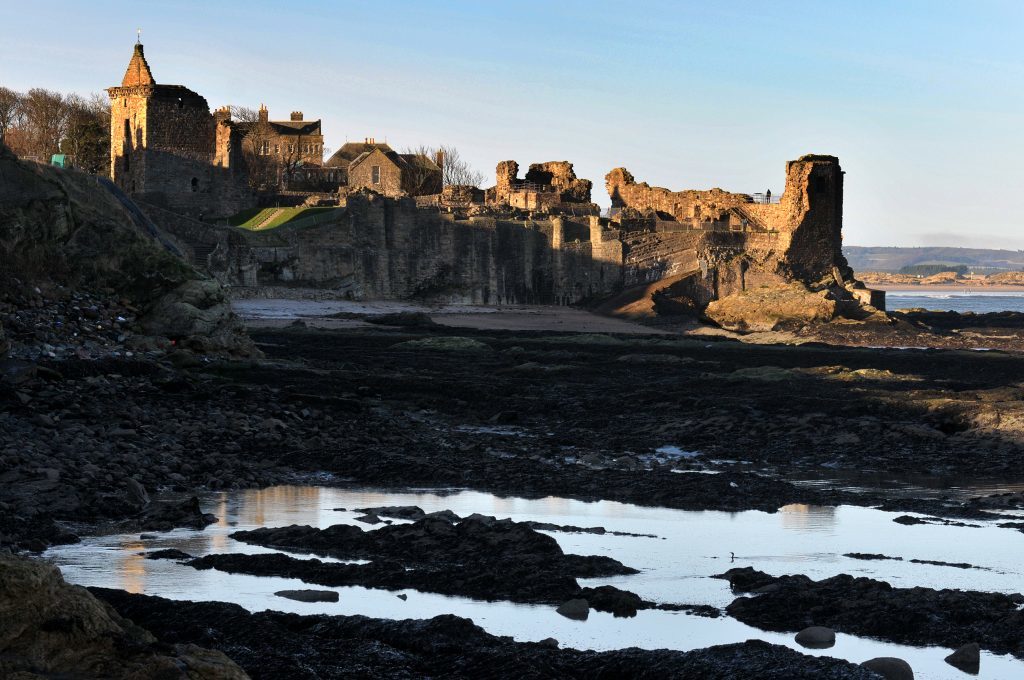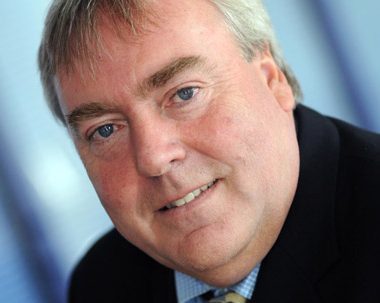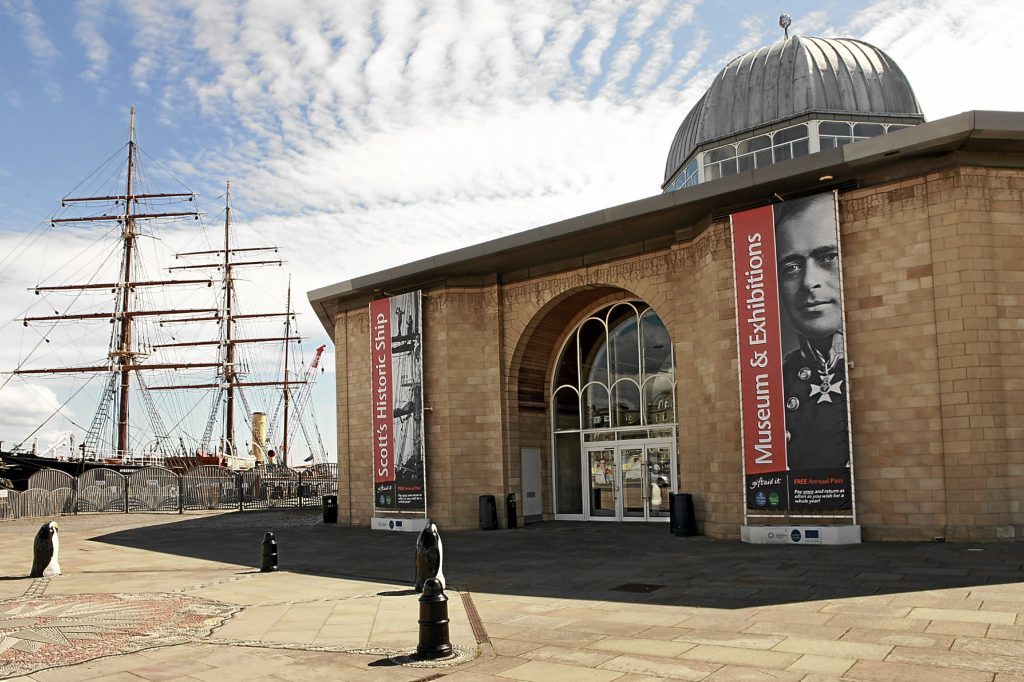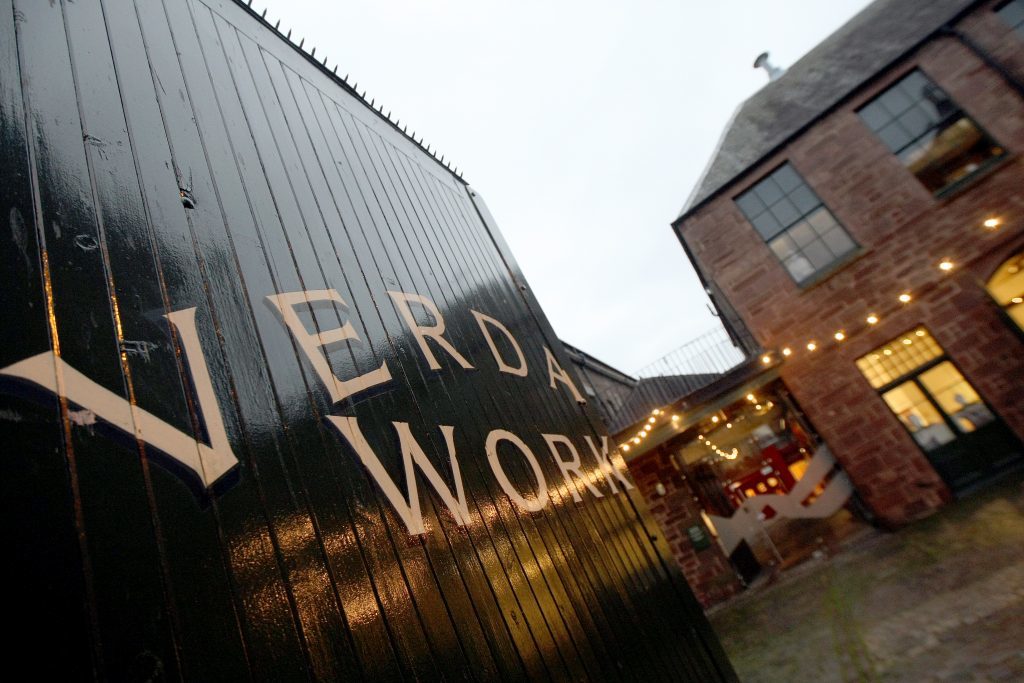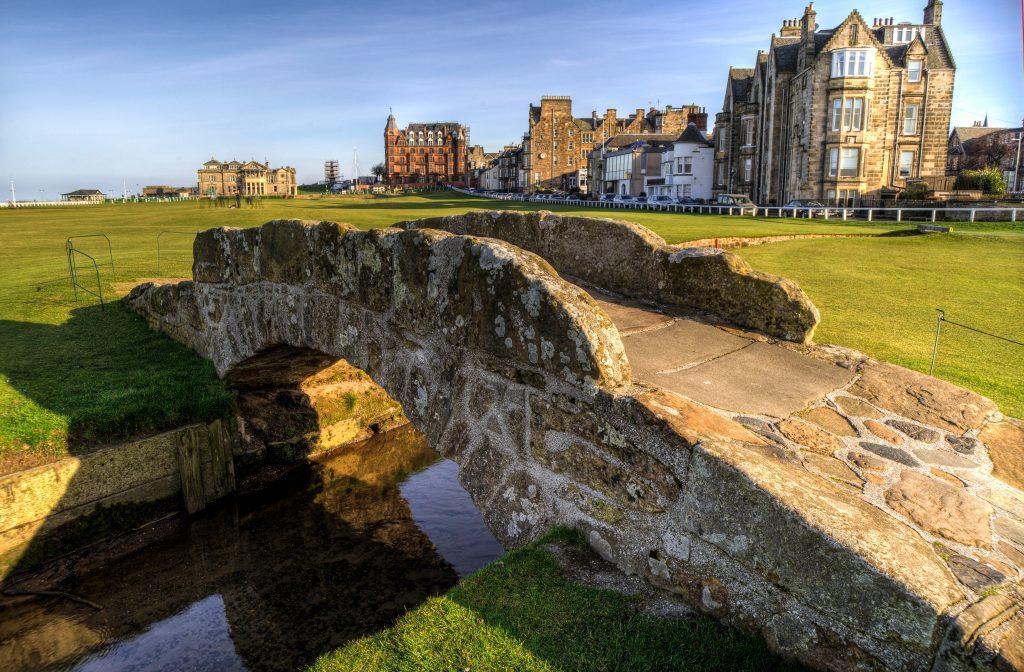Tayside and Fife businesses are gearing up for a summer staycation boost as more British tourists chose to holiday at home. Michael Alexander reports.
It was the Americanised buzz word that became part of every-day language following the financial crash of 2008.
Recession-hit Britons, feeling the pain of job losses and financial insecurity, abandoned foreign holidays in favour of ‘staycations’.
The portmanteau of ‘stay’ and ‘vacation’ was coined to describe a period in which an individual or family stays home and participates in leisure activities within driving distance whilst sleeping in their own beds at night. That’s day trips in old money!
Yet according to the latest statistics, the appeal of the staycation – now widened to describe any UK citizens holidaying in the UK – continues to grow with 46% of 1000 people questioned in a survey indicating that they will opt for trips in the UK this summer rather than holidays abroad.
Expense, preference and fear of terrorism were the main reasons given by people increasingly reluctant to go overseas.
The survey by Hatchbag reveals the age group most likely to opt for a staycation are 45-54, closely followed by 35-44-years-olds.
It also reveals it is Scotland which is set to benefit most with 25% of respondents saying they would be most likely to visit north of the border during a stay-in-the-UK holiday.
That’s ahead of 21.4% heading for the South West of England, 20.2% Wales, 13.9% London, 13.1% South East, 10.9% Yorkshire,10.3% North West, 9.8% East of England, 7.3% North East of England, 3.7% East Midlands, 4% Northern Ireland and 1.9% West Midlands.
VisitScotland told The Courier it does not have specific forecasts for visitor numbers in 2017.
However, with Scottish tourism expenditure on overnight trips valued at £5 billion per annum, and 65% of visitor expenditure (£3.3 billion) from 11.99 million GB resident trips, the staycation trends are evident with Dundee, Tayside and Fife central to the areas that are benefitting.
Malcolm Roughead, Chief Executive of VisitScotland, said: “With Scots enjoying more than 6.5 million holiday trips in their own country every year, the popularity of ‘staycations’ shows no signs of abating.
“As the results of this survey show, many people are looking closer to home to enjoy a holiday this summer and, with a wealth of attractions, accommodation and places to eat and drink, there has never been a better time to take a staycation in Tayside.
“The region will have even more to offer next year, when the V&A Museum of Design is set to open its doors.
“Domestic tourism plays a key role in our industry. It creates jobs and sustains communities in every corner of Scotland all year round and is at the heart of the Scottish economy.”
Dundee Heritage Trust operations director Mark Munsie said that Discovery Point – the home of RRS Discovery – had higher than the national average for international visitors, rising from 19% to 22% of the attraction’s 55,000 visitors over the past year. Around 50% of the remainder came from the Scottish domestic market, with around 26% from England.
“Looking ahead to 2018, we expect an increase in both domestic and international visitors when the V&A opens and are working closely with them and other Dundee tourism partners to maximise on the impact,” he added.
Another of the heritage trust’s attractions – the Verdant Works museum – had also seen a rise in visitors, thanks largely to the development of High Mill. A greater percentage of visitors here tended to be local and it was hoped numbers would also keep rising.
Stephen Carter, general manager of the Old Course Hotel in St Andrews, said the five-star venue had always been popular for golfers doing staycations.
But there has also been a rise in non-golfers coming to the resort for spa weekends or to explore St Andrews – especially foodies who have been recommended to sample renowned restaurants in the area.
He added: “The V&A in Dundee should have a great impact on local business. More than anything, it further highlights our wonderful little corner of the country as a place worth visiting – whether you’re travelling from within the UK or further afield, it’ll be a great asset.”
Simon Baldwin, director at Fife-based Destination66, advises businesses in retail, tourism and leisure.
Simon said his research revealed that in addition to traditional holiday accommodation, the flexibility provided by AirB&B is often ignored in the market place – and the opening of the V&A next year would bring a further boost.
He added: “If you take St Andrews – one of the key tourism magnets in Scotland – the town has hundreds of ‘official’ tourism beds with a collection of guest houses, hotels and self-catering properties.
“Research shows that AirB&B guests spend longer in an area and spend more beyond their accommodation.
“They are also very active on social media channels and share content freely – all to the wider benefit of tourism promotion.”

